
Widescreen images are displayed within a set of aspect ratios used in film, television and computer screens. In film, a widescreen film is any film image with a width-to-height aspect ratio greater than 4:3 (1.33:1).

The Life and Death of 9413: a Hollywood Extra is a 1928 American silent experimental short film co-written and co-directed by Robert Florey and Slavko Vorkapić. Considered a landmark of American avant-garde cinema, it tells the story of a man who comes to Hollywood with dreams of becoming a star; he fails and becomes dehumanized, with studio executives reducing him to the role of an extra and writing the number "9413" on his forehead.

Henry V is a 1944 British Technicolor epic film adaptation of William Shakespeare's play of the same title. The on-screen title is The Chronicle History of King Henry the Fift with his battell fought at Agincourt in France. It stars Laurence Olivier, who also directed. The play was adapted for the screen by Olivier, Dallas Bower, and Alan Dent. The score is by William Walton.
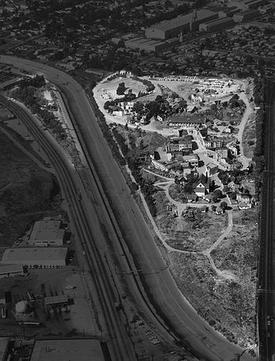
A backlot is an area behind or adjoining a movie studio containing permanent exterior buildings for outdoor scenes in filmmaking or television productions, or space for temporary set construction.
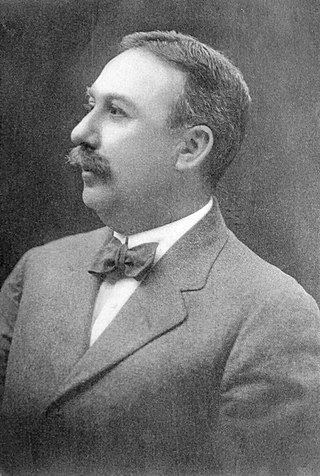
Edwin Stanton Porter was an American film pioneer, most famous as a producer, director, studio manager and cinematographer with the Edison Manufacturing Company and the Famous Players Film Company. Of over 250 films created by Porter, his most important include What Happened on Twenty-third Street, New York City (1901), Jack and the Beanstalk (1902), Life of an American Fireman (1903), The Great Train Robbery (1903), The European Rest Cure (1904), The Kleptomaniac (1905), Life of a Cowboy (1906), Rescued from an Eagle's Nest (1908), and The Prisoner of Zenda (1913).
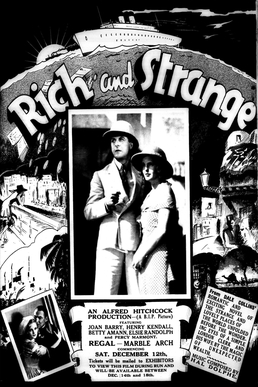
Rich and Strange, released in the United States as East of Shanghai, is a 1931 British romance film directed by Alfred Hitchcock during his time in the British film industry. The film was adapted by Hitchcock, his wife Alma Reville, and Val Valentine from the 1930 novel by Dale Collins. The title is an allusion to words of Ariel's song "Full fathom five" in Shakespeare's The Tempest.

Lumière and Company is a 1995 anthology film made in collaboration between forty-one international film directors. The project consists of short films made by each of the filmmakers using the original Cinématographe camera invented by the Lumière brothers.
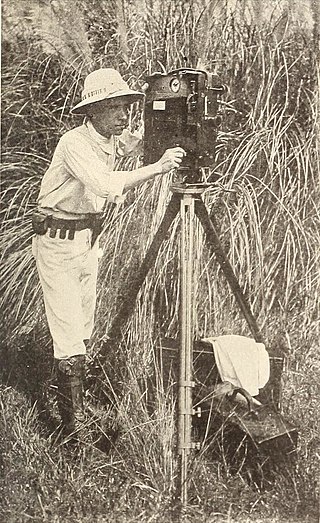
George K. Hollister was an American pioneer cinematographer.

Tweety's S.O.S. is a 1951 Warner Bros. Merrie Melodies cartoon directed by Friz Freleng. The short was released on September 22, 1951, and stars Tweety and Sylvester.

A travel documentary is a documentary film, television program, or online series that describes travel in general or tourist attractions without recommending particular package deals or tour operators. A travelogue film is an early type of travel documentary, serving as an exploratory ethnographic film. Ethnographic films have been made for the spectators to see the other half to relate with the world in relative relations. These films are a spectacle to see beyond the cultural differences as explained by the Allison Griffith in her journal. Before the 1930s, it was difficult to see the importance of documentary films in Hollywood cinema but the 1930s brought about a change in the history of these films with the popularity of independent filmmakers.

An ethnographic film is a non-fiction film, often similar to a documentary film, historically shot by Western filmmakers and dealing with non-Western people, and sometimes associated with anthropology. Definitions of the term are not definitive. Some academics claim it is more documentary, less anthropology, while others think it rests somewhere between the fields of anthropology and documentary films.
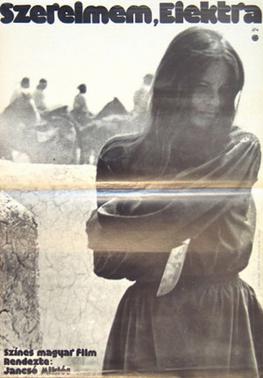
Electra, My Love is a 1974 Hungarian drama film directed by Miklós Jancsó. It was included in the official selection for the 1975 Cannes Film Festival. Like most of Jancsó's films, this one uses extremely long takes, often as long as the camera would allow without stopping because of the film stock finishing. The entire 70 minute duration is covered by just twelve takes.

The Blue Light is a black-and-white 1932 film directed by Leni Riefenstahl and written by Béla Balázs with uncredited scripting by Carl Mayer. In Riefenstahl's film version, the witch, Junta, played by Riefenstahl, is intended to be a sympathetic character. Filming took place in the Brenta Dolomites, in Ticino, Switzerland, and Sarntal, South Tirol.
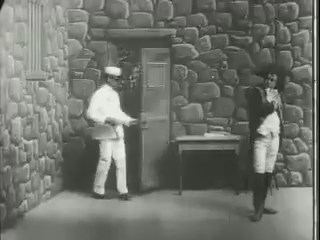
Maniac Chase is a 1904 American short silent comedy film directed by Edwin S. Porter and produced by the Edison Manufacturing Company. The film is a remake of The Escaped Lunatic, a film directed by Wallace McCutcheon Sr. released at the beginning of 1904. This was one of two Biograph Company hits remade by Edison's company in fall 1904, the other being Personal, which was copied as How a French Nobleman Got a Wife Through the New York Herald Personal Columns.

A Sixth Part of the World, sometimes referred to as The Sixth Part of the World, is a 1926 silent film directed by Dziga Vertov and produced by Kultkino. Through the travelogue format, it depicted the multitude of Soviet peoples in remote areas of USSR and detailed the entirety of the wealth of the Soviet land. Focusing on cultural and economic diversity, the film is in fact a call for unification in order to build a "complete socialist society".
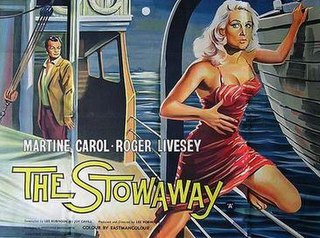
The Stowaway is a 1958 French-Australian film directed by Australian director Lee Robinson and French Lebanese director Ralph Habib. It was shot on location in Tahiti and is one of the few Australian financed movies of the 1950s, although the storyline has nothing to do with Australia.
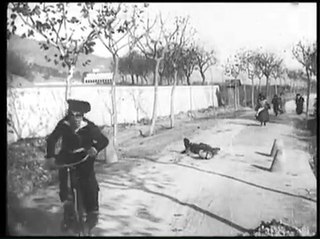
El heredero de Casa Pruna(English: The Heir of the Pruna House, Catalan: L’hereu de Can Pruna) is a Spanish short silent film directed by Segundo de Chomón. It was shot in Barcelona in 1904 and released in Spain the same year, making it the first Spanish comedy film.
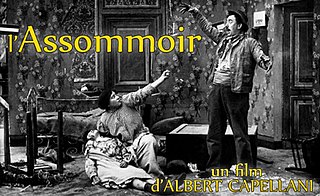
L'Assommoir(English: The Drinking Den) is a 1909 French drama film directed by Albert Capellani, adapting the eponymous 1879 play by William Busnach et Octave Gastineau, itself based on the 1877 novel by Emile Zola. It is the first French feature-length film and the second produced by the Société cinématographique des auteurs et gens de lettres (SCAGL) [fr].
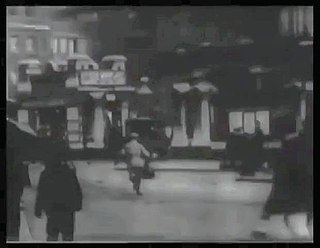
An Englishman Trip to Paris from London, also known as A Trip to Paris is a 1904 British silent comedy film, directed by Lewin Fitzhamon filmed on location in London and Paris.
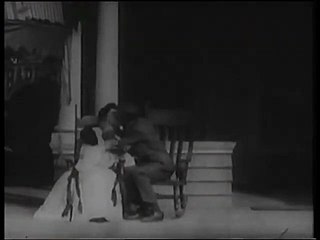
The Widow and the Only Man is a 1904 American short silent comedy film produced by the American Mutoscope & Biograph Company and directed by Wallace McCutcheon, Sr.






















